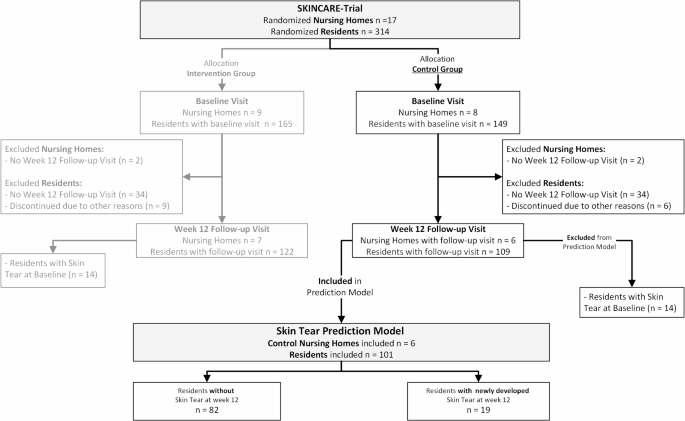Skin Health: What It’s Trying To Tell You About Body’s Internal Wellbeing


The skin serves as a vital communicator of underlying health conditions, with changes in texture, color, or the appearance of new marks signaling potential issues.
Skin, constituting about 15% of our body mass, serves as the largest and most visible organ, offering crucial functions often overlooked. Beyond aesthetics, it acts as a sunscreen, a barrier against germs, a reservoir for vitamin D, and regulates body temperature tightly. As the most visible organ, the skin provides insight into the body’s internal health. Disorders affecting the gut, blood, hormones, and heart may manifest initially as skin issues, such as rashes. Hence it is important to keep an eye on what your skin is insinuating. Here are some common types of skin conditions that may hint at a problem.
Identify Common Skin Conditions
- Bullseye Rash (Erythema Migrans): A rapidly expanding rash resembling a bullseye pattern, indicative of Lyme disease, transmitted by tick bites. Vigilance is crucial, especially after outdoor activities, to detect this rash and associated symptoms promptly.
- Purpura Rash: Characterized by small purple or red dots that do not blanch when pressure is applied. It signals underlying issues with blood vessels or platelet deficiency, potentially indicating conditions like septicemia.
- Spider Naevi: These spider-like patterns on the skin result from issues within skin arterioles and are often benign. However, multiple spider naevi may indicate hormonal imbalances or liver disease.
- Acanthosis Nigricans: Thickened, velvety skin folds, particularly in the armpits or neck, may indicate metabolic disorders like type 2 diabetes or polycystic ovary syndrome. In some cases, it can signal stomach cancer.
- Mitral Facies: A purple-red rash resembling butterfly wings across the cheeks and nose, associated with heart valve issues. Despite treatment, this rash may persist, reflecting heart function deterioration.
Conclusion
The skin serves as a vital communicator of underlying health conditions, with changes in texture, color, or the appearance of new marks signaling potential issues. Understanding common skin manifestations can aid in early detection and prompt intervention for various systemic disorders. Therefore, paying attention to skin changes is essential for maintaining overall health and well-being.
Don’t Miss Out on the Latest Updates.
Subscribe to Our Newsletter Today!
link







